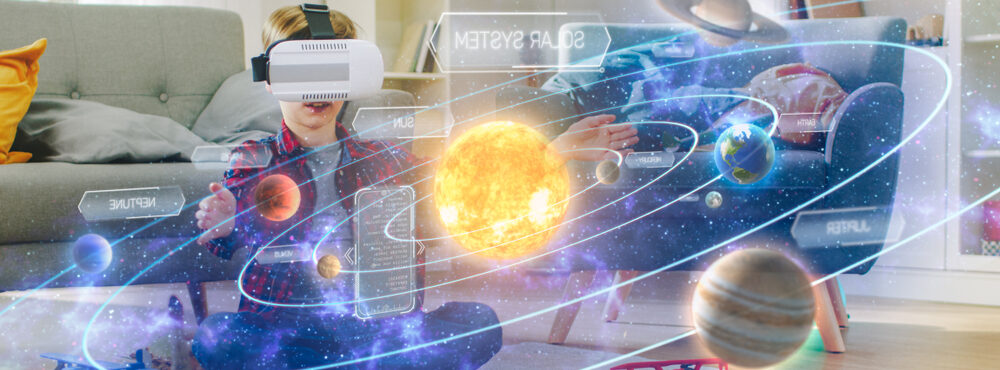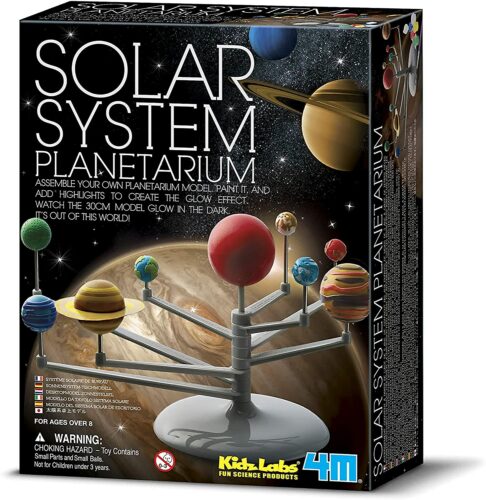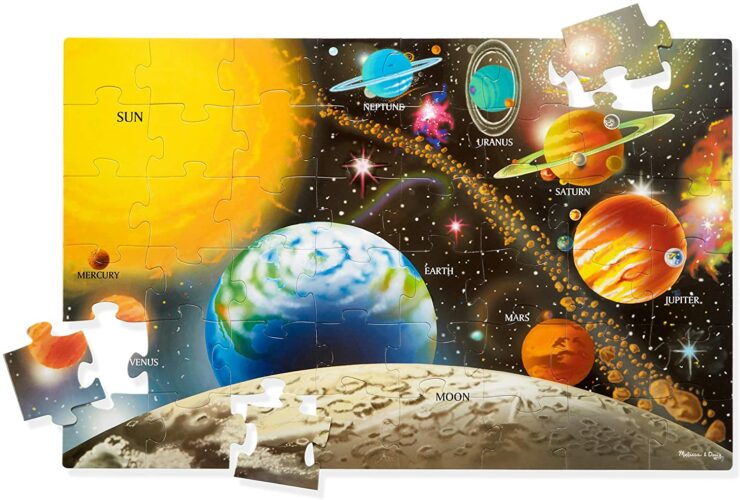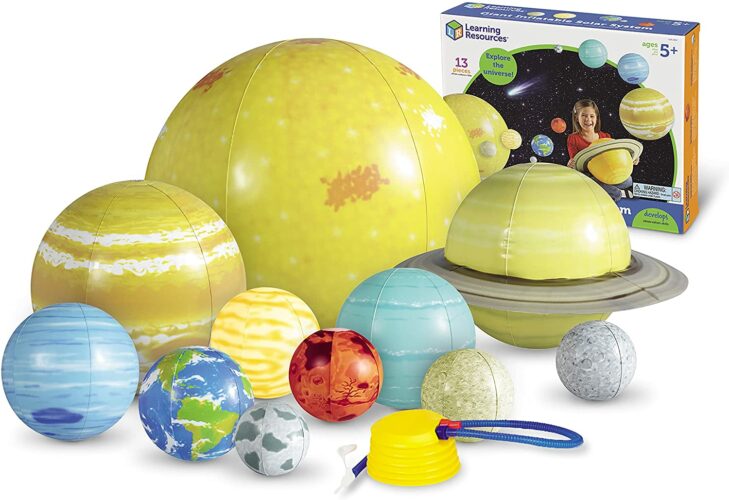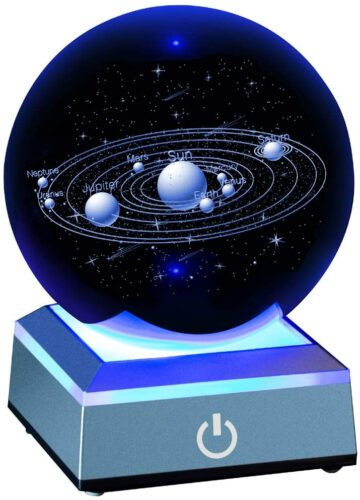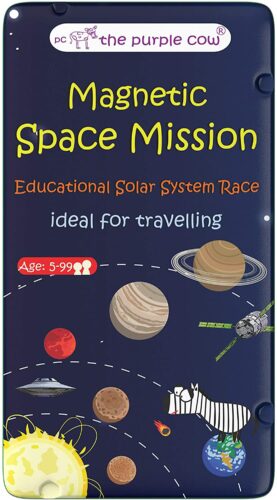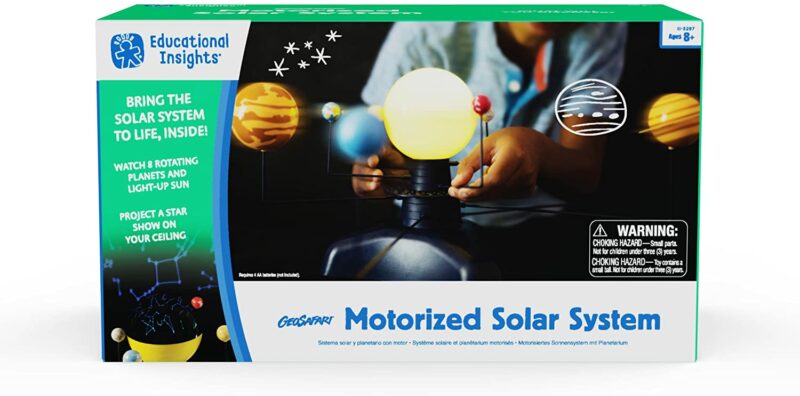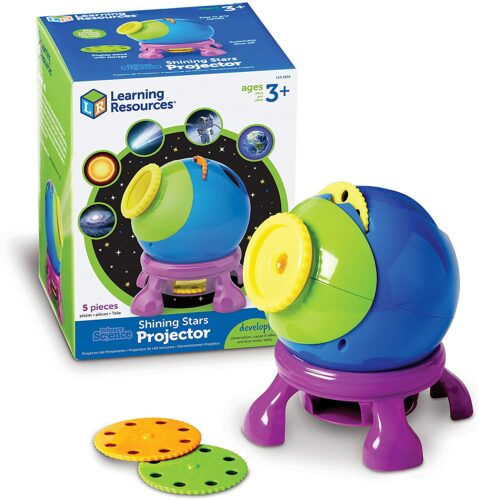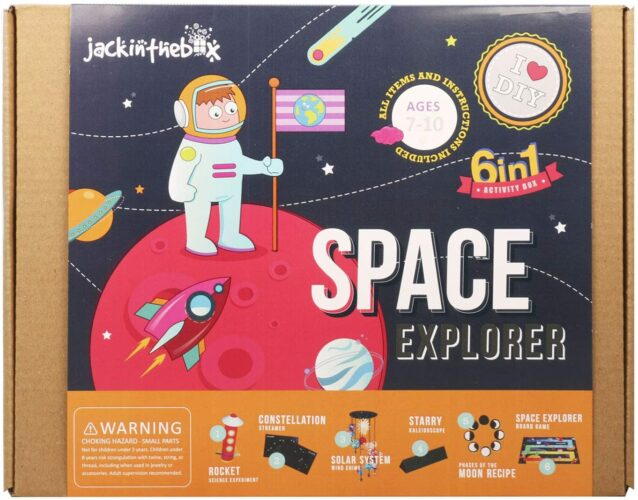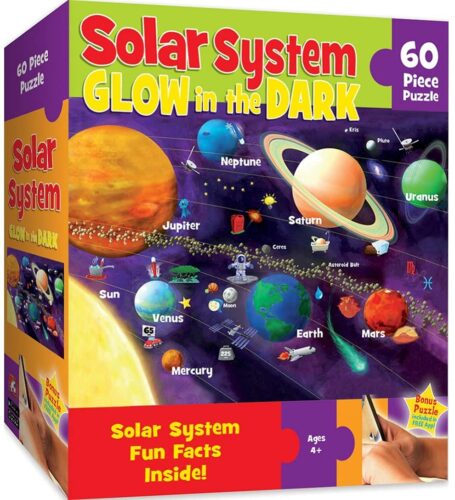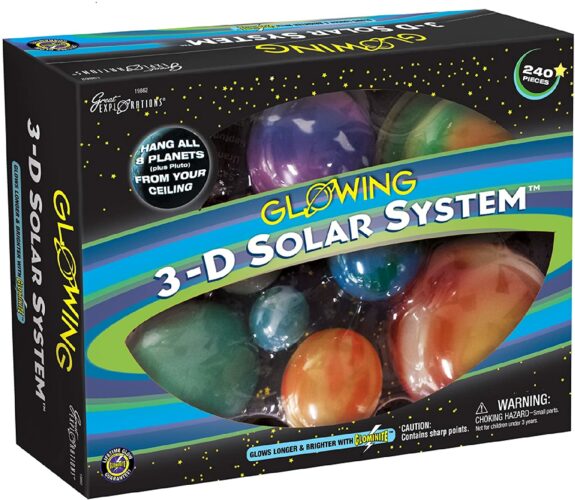Our planet system and the night sky it inhabits are fascinating fields of science that have kept scientists and astronomers looking skywards. Unfortunately, as wonderful as the planets and planetary systems are, they’re not as easy to grasp for kids, especially if taught as dry theoretical concepts. This is why toys and toy sets based on the solar system theme are essential teaching aids when introducing your kids to space science.
You can use these toys as an entertaining way to help kids learn about the complexities of space and planet systems. There’s a solar system-themed toy kit aimed at every stage of learning, from toddlers to tweens. This guide will help you pick out the best solar system toys for your kids based on their age and learning requirements.
How to Pick the Best Solar System Toys
Solar system toys are based on different concepts to help kids learn about our planets, Sun, asteroid belt, satellites, and more. Some offer visual aids, while others are activity-based. So, what should you look for before you buy a solar system-themed toy for your children? Here’s a quick checklist that will guide you through the process of picking the perfect gift for the space enthusiast girls and boys you know.
1. Age Recommendation
These STEM toys are recommended based on the age of the target audience. Simplified concepts like a set of the Sun and nine planets are aimed towards kids below five years old, while advanced concepts like relative planet sizes, distance, gravity, etc., are explained in toy sets aimed at kids above the ages of six. It’s essential to keep this in mind so youngsters aren’t put off from learning more about space science if they have difficulty grasping the basic concepts.
2. Concept and Execution
Solar system toys range from simple light projector models that project the heavenly bodies for kids to identify and remember to slightly advanced puzzles that can be assembled with a bit of guidance from adults. More complex toy sets include DIY kits to construct 3-Dimensional (3D) models of the solar system that have provisions to explain concepts like rotations, revolutions, phases of the moon, etc.
Mere visual aids are suitable for early learning and introduction to new concepts. Puzzles and projectors are aimed at retention via repetition. Activity-based solar system games, DIY projects, and arts and crafts projects are designed to introduce kids to complex space concepts. Conducting these experiments, playing activity-based games, and creating projects from scratch simplifies space concepts for kids and improves their understanding and retention of these complex phenomena.
3. Material and Make
Most solar system toys are either made of thick cardboard materials or lightweight plastic. Bits and pieces of metal like hooks and pins might also be included in a few toy sets. Toys that include light projectors will have glass orbs and LED lights. You’ll rarely see solar system toys made out of wood or other higher-grade materials. Since most of these heavenly bodies need to be easy to spin, hang, or float, the plastic used in making them is of decent quality. Cardboard-based Solar System toys are usually made of thick cardboard with glossy and sharp prints, so durability is already factored in.
If you pay attention to the first two critical aspects stated above, you can never go wrong in choosing the perfect solar system toy for your kids. In order to make your search even simpler, we’ve compiled a list of the ten best solar system toys available for kids. This list contains toys aimed at different age groups and has an option or two for all kinds of space toys. So, read on to pick one for your kid today.

